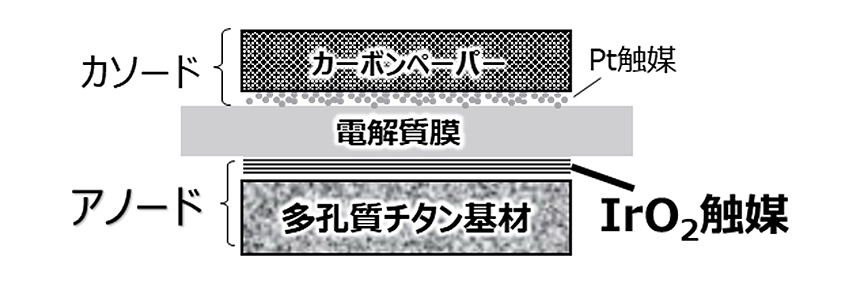2022-10-7 スイス連邦工科大学ローザンヌ校(EPFL)
物質中の電子の相互作用を研究するために用いる確立された理論の大きな欠点を解決する新しいアプローチについて述べた2つの論文を発表した。この手法は密度汎関数理論(DFT)と呼ばれ、物理学、化学、材料科学の分野で、原子や分子などの多体系の電子構造を研究するために用いられている。
本研究では、密度汎関数理論におけるポーラロン局在化の問題を解決する、電子の自己相互作用の理論的定式化を導入した。これにより、計算効率の高い手法で正確なポーラロンの安定性を得ることができるようになった。
<関連情報>
- https://actu.epfl.ch/news/stabilizing-polarons-opens-up-new-physics/
- https://journals.aps.org/prl/abstract/10.1103/PhysRevLett.129.126401
- https://journals.aps.org/prb/abstract/10.1103/PhysRevB.106.125119
多体自己相関とポーラロン Many-Body Self-Interaction and Polarons
Stefano Falletta and Alfredo Pasquarello
Physical Review Letters Published 14 September 2022
DOI:https://doi.org/10.1103/PhysRevLett.129.126401
ABSTRACT
We address the many-body self-interaction in relation to polarons in density functional theory. Our study provides (i) a unified theoretical framework encompassing many-body and one-body forms of self-interaction and (ii) an efficient semilocal scheme for charge localization. Our theoretical formulation establishes a quantitative connection between the many-body and one-body forms of self-interaction in terms of electron screening, thereby conferring superiority to the concept of many-body self-interaction. Our semilocal methodology involves the use of a weak localized potential and applies equally to electron and hole polarons. We find that polarons free from many-body self-interaction have formation energies that are robust with respect to the functional adopted.
密度汎関数理論における多体自己相互作用から解放されたポーラロン Polarons free from many-body self-interaction in density functional theory
Stefano Falletta and Alfredo Pasquarello
Physical Review B Published 14 September 2022
DOI:https://doi.org/10.1103/PhysRevB.106.125119
ABSTRACT
We develop a unified theoretical framework encompassing one-body and many-body forms of self-interaction. We find an analytic expression for both the one-body and the many-body self-interaction energies, and quantitatively connect the two expressions through the dielectric constant. The two forms of self-interaction are found to coincide in the absence of electron screening. This analysis confers superiority to the notion of many-body self-interaction over the notion of one-body self-interaction. Next, we develop a semilocal density functional scheme that addresses the many-body self-interaction of polarons, thereby overcoming the limitations of standard density functional theory. Polaron localization is achieved through the addition of a weak local potential in the Kohn-Sham Hamiltonian that enforces the piece-wise linearity of the total energy upon partial electron occupation. Our method equivalently applies to electron and hole polarons and does not require any constraint on the wave functions during the self-consistent optimization. The implementation of this scheme does not produce any computational overhead compared to standard semilocal calculations and achieves fast convergence. This approach results in polaron properties, including the atomic geometry, the electron density, and the formation energy, which are close to those achieved with a hybrid functional that similarly satisfies the piece-wise linearity condition. This suggests that addressing the many-body self-interaction results in a polaron description that is robust with respect to the functional adopted. We illustrate our approach through applications to the electron polaron in BiVO4, the hole polaron in MgO, and the hole trapped at the Al impurity in α−SiO2.



